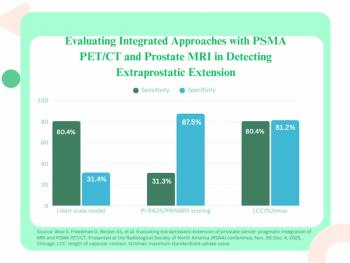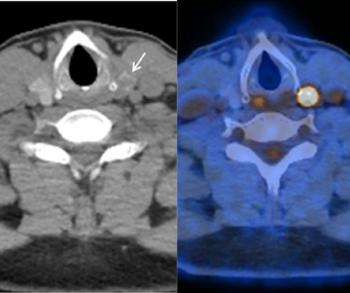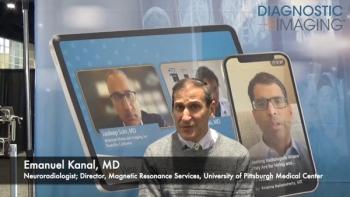
Carotid artery stenting takes off amid governmental limitations
The Centers for Medicare and Medicaid Services published in May a list of medical institutions approved to offer carotid artery stenting with embolic protection. The move follows the government’s decision in March to expand coverage for the procedure to include high-risk patients outside the trial setting.
The Centers for Medicare and Medicaid Services published in May a list of medical institutions approved to offer carotid artery stenting with embolic protection. The move follows the government's decision in March to expand coverage for the procedure to include high-risk patients outside the trial setting.
The move to limit the procedure to approved facilities aims to reduce the risk of stroke, said Dr. Kieran Murphy, director of interventional neuroradiology at Johns Hopkins University.
"The issue is who should do the procedure and how safely it can be done. The rule specifically says that surgeons need to decide whether patients can safely undergo endarterectomy. If that's not the case, stenting should be applied," Murphy said.
The CMS decision allows only one practitioner application for carotid stenting per institution. It requires institutional patient selection criteria, a pre-intervention surgical review to make sure the patient is at high surgical risk, and a risk assessment in terms of comorbidities identified by CMS, according to Murphy.
CMS's rule also demands proper privileging and credentialing, patient follow-up performed by neurologists, a monthly morbidity and mortality conference, and a biannual report of individual and hospital complications, he said.
Each facility should have an oversight committee to identify the minimum case volume for an interventionalist to maintain privileges and clarify the risk-adjusted threshold for complications that the institution will allow before suspending privileges or instituting measures for remediation.
The government suggested that hospitals adopt published standards and clinical competence guidelines from national specialty societies such as the American Society of Neuroradiology and the American College of Cardiology.
While all major vascular interventional groups support the expanded coverage, those closely allied with radiology wanted more stringent guidelines with respect to provider familiarity and experience with cerebrovascular interventions. The Society of Interventional Radiology, the American Society of Interventional and Therapeutic Neuroradiology, and the ASNR were pitted against the Society for Vascular Medicine and Biology, the Society for Cardiovascular Angiography and Interventions, the Society for Vascular Surgery, and the ACC.
All procedures must be done with approved devices at approved facilities. More than
are currently approved.
In August 2004, the FDA approved the Acculink stent, the only device for carotid stenting, and the Accunet embolic protection system by Guidant. Other devices in the midst of trials include the Precise stent and AngioGuard embolic protection device (Cordis), Exponent and Interceptor Plus (Medtronic), NexStent (EndoTex Interventional Systems) used in conjunction with FilterWire (Boston Scientific), and the Protege Tapered Stent and Spider (ev3).
Coverage is granted for patients at high risk for carotid endartectomy with symptomatic stenosis of 70% or more. High-risk patients with symptomatic stenosis between 50% and 70% and asymptomatic high-risk patients with 80% stenosis will be covered only if enrolled in clinical trials.
At the SIR meeting in April, Dr. Robert Safian and colleagues reported on the Carotid Revascularization with ev3 Arterial Technology Evolution (CREATE) Trial. The prospective multicenter trial evaluated the Protege stent and Spider embolic device in 419 high-risk patients.
The 30-day major adverse cardiac event (MACE) rate of 4.8% was better than the 7.8% rate of the Acculink for Revascularization of Carotids in High Risk-Patients (ARCHeR) Trials, Safian said.
He anticipates approval for the Protege later in 2005 when the FDA reviews the one-year MACE and ipsilateral stroke rates.
For more information from the Diagnostic Imaging archives:
Newsletter
Stay at the forefront of radiology with the Diagnostic Imaging newsletter, delivering the latest news, clinical insights, and imaging advancements for today’s radiologists.



























